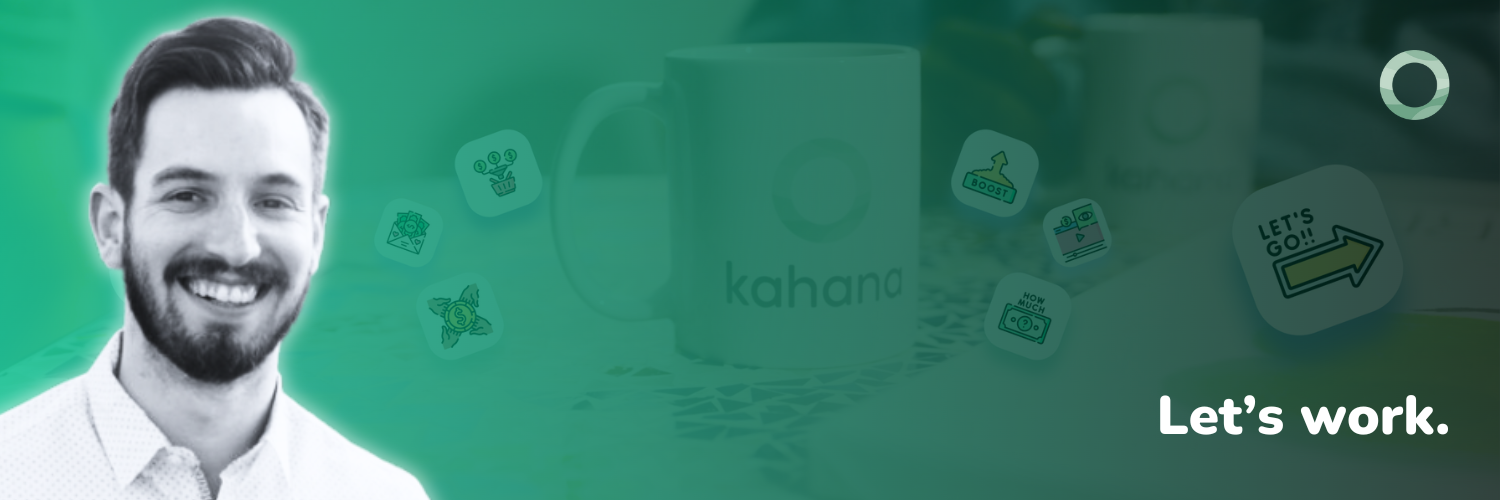Monetize your knowledge: how to create your first digital product in less than 1 hour

Creating a digital product - aka translating your knowledge into a product someone will pay for - can feel like a daunting task.
And to tell you the truth, we don't blame you.
The world is filled with tools that promise you all-in-one solutions and boast about their fancy features.
The irony, though, is that having all these options is probably why you feel so overwhelmed.
Instead of feeling confident that you can turn your knowledge into revenue, you're left asking yourself:
"Where do I even begin?"
The truth is, you don't need something fancy.
You need something simple - something that'll get the ball rolling and get the job done.
That's why we created this step-by-step guide: to show you how you can begin monetizing your knowledge by creating your first digital product in less than an hour.
Step 1: Choose a topic (10-15 minutes)
You have unique knowledge that someone else would love to have, and the goal of this exercise is to help you realize what that knowledge is.
So grab a piece of paper and a pen - no really, go grab them! - and follow this process:
Spend 5-10 minutes thinking about fields, topics, and skills you've learned a lot about over the years.
Whenever one comes to mind, write it down.
If the answer comes to you very quickly (e.g., you've spent a long time in a particular industry, have a Ph.D., know a particular niche really well, etc.), then that's great!
Feel free to spend less time making this list or have a list of 1-2 :)
If you're struggling with this, a good rule of thumb is to ask yourself what you could teach someone who was in your shoes 2 years ago, 1 year ago, or even 6 months ago.
Once you've finished this exercise, spend 3-5 minutes putting a checkmark next to the ones you feel passionate about.
Which of these fields, topics, or skills brings you joy?
And again, if your list is already very short, that's awesome - feel free to jump to Step 2.
Now look at your list and think about which one you know the most about
This shouldn't take more than 1-2 minutes or so.
And once you've got it, you're ready for Step 2.
Step 2: Brain dump and take inventory (15-25 minutes)
You should now have something that you know a good deal about and that you're passionate about.
The next step is to:
- Spend 5-10 minutes jotting down as much information as you can about your topic, field, or skill of choice using your text editor of choice. Don't worry about the structure or organization - literally do a brain dump! Just focus on sharing the knowledge you've learned.
- Spend 10-15 minutes doing a quick scan of all of the files and information related to that topic or field that you've accumulated that are scattered across your desktop, Google Drive, etc.
What should I be looking for?
Here are some examples:
- PDFs/documents (best practices, templates, memos, presentations, research reports, e-books, methodologies, etc.) that you've created or collected
- Links (blog posts, articles, YouTube videos, studies, etc.) that you've published or saved (or that are sitting in one of your 37 tabs that are always open 😀)
- Notes you've taken (takeaways from content you've read, calls you've had, etc.)
But anything is on the table!
Where should I be looking?
Start with these:
- Files that are saved on your personal devices (computer, tablet, phone)
- Files that live across any cloud storage platforms you've used (Google Drive, Dropbox, Teams, etc.)
- Notes that are on your note-taking apps (Apple Notes, OneNote, Evernote, Notion, etc.)
- Links that you've: saved in your notes or documents, bookmarked on your computer or with an app (like Pocket), sent yourself via email, or are one of your open tabs across your devices - these could really be anywhere
By the end of this step, you should hopefully have uncovered a good bit of useful info, that others would love to access, that has just been sitting there collecting dust - whether inside your head or in a digital folder.
Step 3: Take the best content, files, and information you found and upload them into a Kahana hub (5-15 minutes)
Now that you've found some files and information related to your topic, field, or skill of choice that you have, it's time to remove the dust.
All of that content is doing no good scattered across all those different locations - you'll want to upload them into one place.
And that's where Kahana comes in: we built it to do just that.
All you have to do is:
- Create your free account (yep, it's free to make a hub)
- Create a hub (here's how)
- Upload all your stuff in that hub (here's how)
Now, you've got a repository - aka a hub - of helpful content and information about your topic, field, or skill that you can begin organizing and formatting.
Step 4: Connect your hub to Stripe (5 minutes)
Now all that's left to do is connect it to Stripe so that you can start charging for access to your knowledge!
Here's a guide you can use to walk you through the process (we made sure it's simple!).
And with that, you've got a hub of some of the best knowledge and information you've gained about your topic, field, or skill of choice that you can charge for access to.
So guess what?
Congratulations! You've officially created your first digital product 🥳
Next Steps: Iterate and monetize
Now that you have your first digital product, the next step is to begin generating revenue by charging people to access your hub, seek feedback, and continue iterating. There are several ways you can go about doing this, but here are a couple of ways we'd recommend:
1. Leverage your existing network to try to get your first customers
Decide on a price point (either a one-time payment or recurring subscription fee) that you think is reasonable as a starting point, and begin talking to people in your "backyard" who you trust - relatives, close friends, colleagues, people you engage with on social media, etc.
Since these are folks that you interact with on a regular basis, you should feel comfortable respectfully reaching out, explaining what your hub is about, and asking if they'd be interested in/willing to pay for access to your hub.
Hopefully, you'll find a few takers. If you do, congrats! You have your first paying customers 💸
From there, you can ask for their feedback and continue iterating to improve your hub, see if they'd be willing to provide testimonials you can use to get new customers, and even ask if they'd be willing to recommend your hub to others in their networks.
2. Ask for feedback from your immediate network and your audience before charging for access
This is essentially the inverse of the first: instead of charging for access to your hub right away, you could invite those folks in your backyard into your hub for free (here's how) and ask for their thoughts:
- Do they think this information is worth paying for?
- Would they pay for it themselves? If so, how much would they pay?
- Is there anything they think is missing? Is there anything else they'd want to see?
After you get this feedback, you can iterate, land on a starting price point, and then begin charging folks to access your hub.
You're on your way to turning your knowledge into passive income
Monetizing your knowledge shouldn't feel overwhelming.
It should feel straightforward, exciting, and honestly, fun!
We hope that this guide put you at ease and makes the process of turning your knowledge into a digital product a whole lot more simple.
If you have any questions about this guide or have any feedback from us, we'd love to hear from you 💚

Talk with a Kahana representative
Fill out your information and a Kahana team representative will reach out to you. Have a simple question? Search our library of articles
